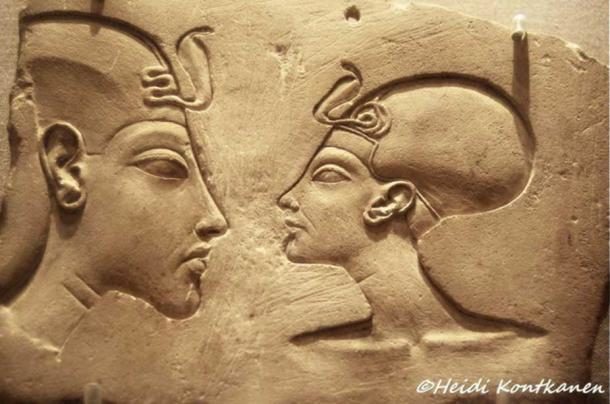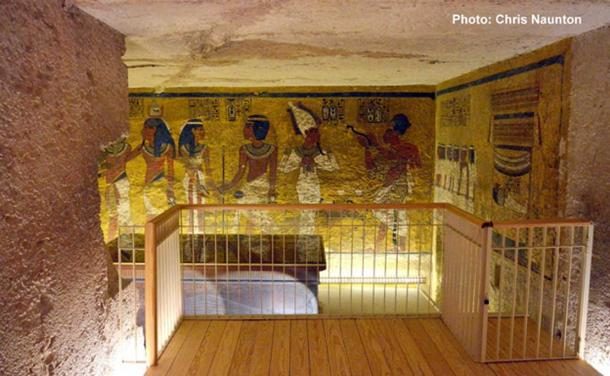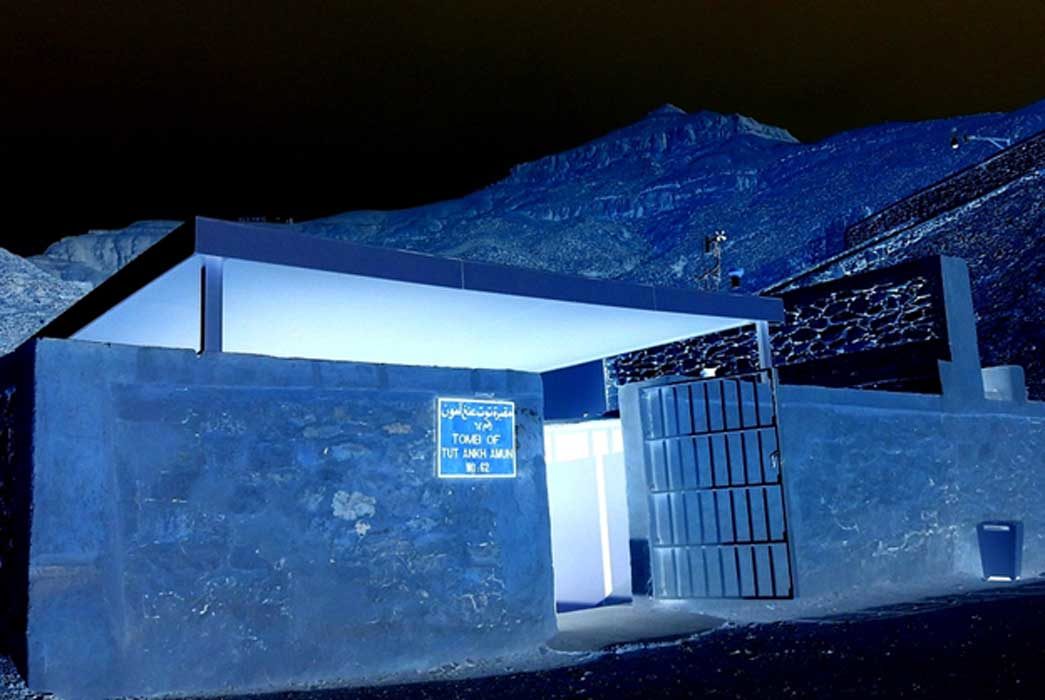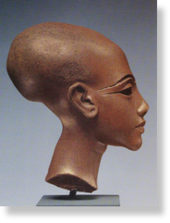
The Tomb of Ankhkheperure?
In his 2015 paper The Burial of Nefertiti? renowned Egyptologist, Dr Nicholas Reeves, proposed an astounding theory that the consort and probable co-regent of Pharaoh Akhenaten lay behind the north wall of the Burial Chamber of Tutankhamun's tomb in the Valley of the Kings. Apart from studying state-of-the-art scans published by the Spanish group, Factum Arte, Reeves recognized that contrary to the design of royal tombs for males of the Eighteenth Dynasty the crypt of the boy-king was unusual, in that, the Burial Chamber was reached via a right-hand turn. This indicated a prior female owner, said Reeves. So was this tomb adapted from a predecessor for the boy-king's use?
"The pieces of the jigsaw begin to fall convincingly into place. Evidently the Antechamber and Burial Chamber had originally taken the form not of separate rooms but of a single, extended corridor - a corridor which gives every appearance of proceeding deeper into the gebel, beyond the Burial Chamber's decorated north wall. This recognition is significant, because if KV 62 had indeed begun its existence as a corridor-tomb its precise form will tell us who, in broad terms, it had originally been commissioned for. In the same way that a leftward orientation characterizes the tomb of a king at this period, a corridor-tomb with rightward axial turn seems to be indicative of queenly use," explains Reeves.

Comment: See:
Does the tomb of Tutankhamun hide the burial of Queen Nefertiti? After giving his lecture, "Tutankhamun: The Greatest Archaeological Discovery Ever Made - Yet Again?", at The Discovery of King Tut, Dr Nicholas Reeves talked about his theory with Don Wildman.The story of Tutankhamun and Nefertiti is extremely curious; Laura Knight-Jadczyk in The Golden Age, Psychopathy and the Sixth Extinction writes:
One then has to consider such things as cranial deformation and circumcision. It is clear when you read studies of this sort of thing that many of the cases cited in the literature (Nefertiti and her children, for example) were not artificial deformation, but natural, and maybe this bizarre, dolichocephalic head with the extreme upward/backward extension was the Biblical 'Mark of Cain' - the murderer. It also strikes me that, since there is an association between cranial deformation and circumcision, circumcision was also done in 'imitation' of the 'new elite'Also:





Reader Comments
Gugl: AKHENATON VEDAS.
This article is gr8=
Akhenaten, S¯urya, and the R.gveda - Semantic Scholar
2, The story that Nefertiti or Nafteta was ruller comes from piktur bellow where she's sittin' on chair of ruller of Upper and Lower Egypt. If not ruller then it is artist's mistake or artist's joke. !?
[Link]
Why not spend the resources in learning and understanding how the Ethiopians ruled the three major continents for 3,000 years? And/or how the Ethiopians and Egyptians did the same for 6,000 years?
Maybe then we will subsequently learn why modern governments can’t seem to control for more than 8 years. Why societies are failing.
Shalom